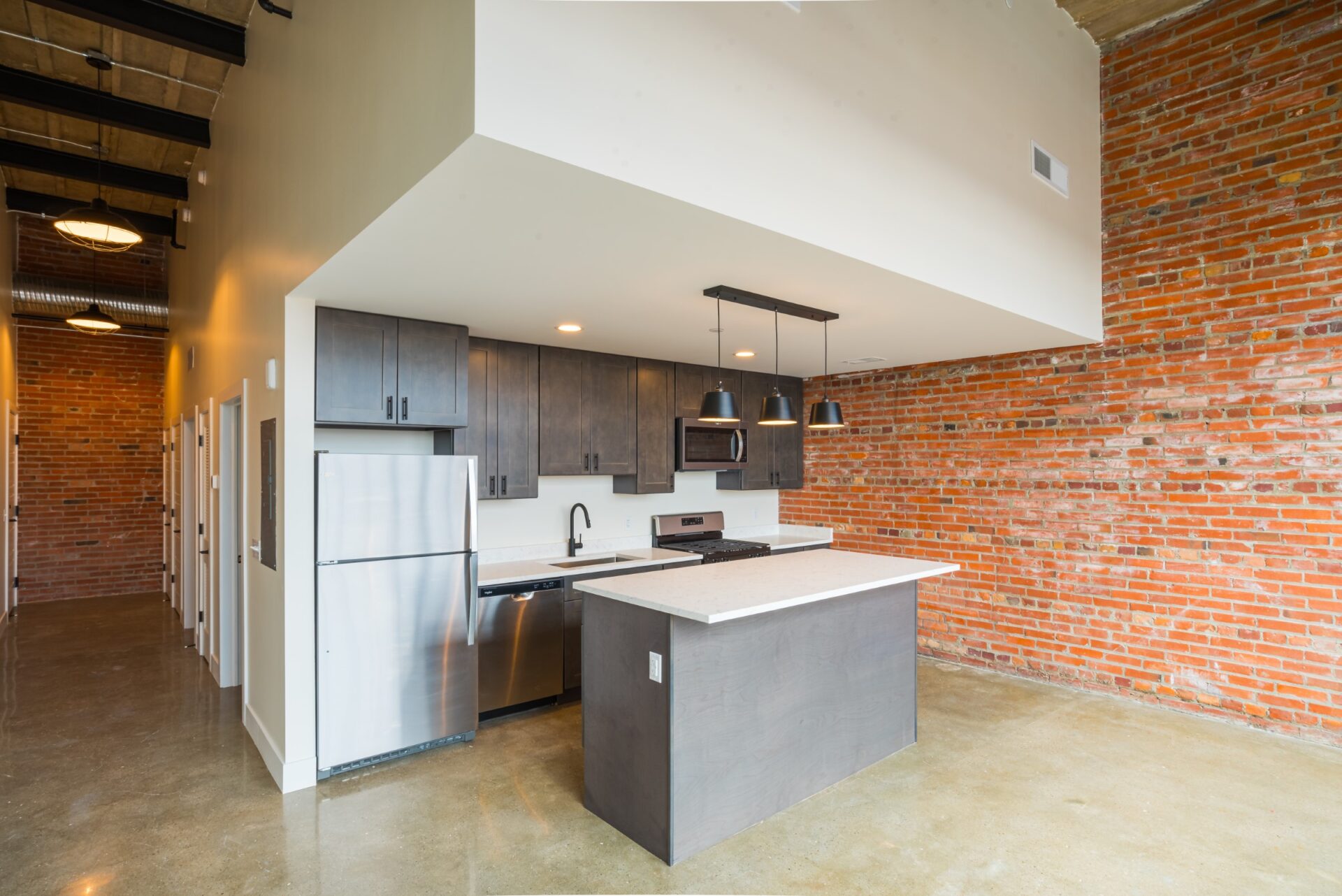Overmyer Lofts: Economic development winner
TOLEDO – Where are the places in your community that are important to you? That question has long been guiding (and perplexing) community development and planning leaders.
Most cities are comprised of a variety of communities – their downtowns, neighborhoods, suburbs and rural areas. But what actually defines those communities? And which communities take priority?

Matt Wiederhold, executive director of Heritage Ohio (and a Toledo resident), says that community is a combination of the people and places that are there. “Older buildings can bring that sense of place,” he said.
Preservation magazine editor-in-chief Dennis Hockman explains that while people are more important than the things in a community, “the spirit of the people – the heartbeat of the community – is in the old things.”
In the Toledo area, these community treasures are not difficult to find.
“People like buildings that are unique and historic,” Wiederhold said. His organization, Heritage Ohio, leads economic development and sustainability efforts around the state through preservation of historic buildings and promotion of cultural tourism. In addition, Heritage Ohio offers the Ohio Main Street Program to revitalize and improve downtown or central business districts around the state.
Improving our communities and neighborhoods
The Ohio Main Street Program helps cities improve all aspects of their downtown or central business district, including economic management, historic preservation and beautification, scaled to a community’s local resources and conditions.
In fact, Wiederhold wrote one of the first Ohio Main Street Program’s models about Toledo’s UpTown area (specifically the Adams Street area). Current area projects include Sylvania’s Red Bird District, the Defiance Development and Visitors Bureau and the Downtown Fremont project.


Heritage Ohio’s annual conference honors preservation projects with awards for commercial rehabilitation and other projects in large and small cities, along with craftspeople in the field.
Awards have been presented locally to St. Clair Village in 2005 for Best Commercial Rehabilitation, Scott High School’s 2012 renovation for Best Public/Private Partnerships, and an honorable mention for the Toledo Continental Baking Company in 2022 for Best Commercial Rehabilitation Project (large city).
This year, The Overmyer project in downtown Toledo was a finalist in the Best Commercial Rehabilitation Project (large city). Projects are evaluated on their creativity, impact on community, collaboration, adherence to national rehabilitation standards and quality of the final project.
The Overmyer luxury apartments in downtown Toledo is one of several projects developed here by RKP Group (Detroit), such as the Standart Lofts, the Berdan and Fort Industry Square, among others.
“We have invested $150 million in this community, creating 350 downtown apartments and 400 new jobs,” said Kevin Prater, RKP principal and a Toledo resident.
The Overmyer Lofts, which Prater says attracts the majority of its renters from outside of the city, earned a 2024 Preservation Merit Award from the Ohio Historic Preservation Office. The project is also the subject of a Lucas County lawsuit about renovation funds used in the project, which was the former Commerce Paper Co.

Preservation vs. renovation
“Preservation is very important,” said Wiederhold. “I look at an old building as a living structure. It can’t repair itself; it needs to be maintained. It is almost always cheaper to repair an existing structure.”
And in the 20 years Wiederhold lived outside of Toledo (he returned in 2001), he has seen many good projects happening, especially in the Warehouse District of downtown Toledo.
The city has also been involved in many renovation projects, such as converting the North Towne Mall and Southwyck Mall sites to industrial and commercial locations, gaining a $28 million grant for the RIVER East Toledo project and undertaking infrastructure improvements in several city neighborhoods.
Wiederhold remains steadfast about using existing buildings for renovation. “I’m thrilled that the city (of Toledo) values preservation, because once a historic building is gone, it’s never coming back,” Wiederhold said.
Prater agrees. “The future (of development) could be very bright in Toledo,” he said.





















